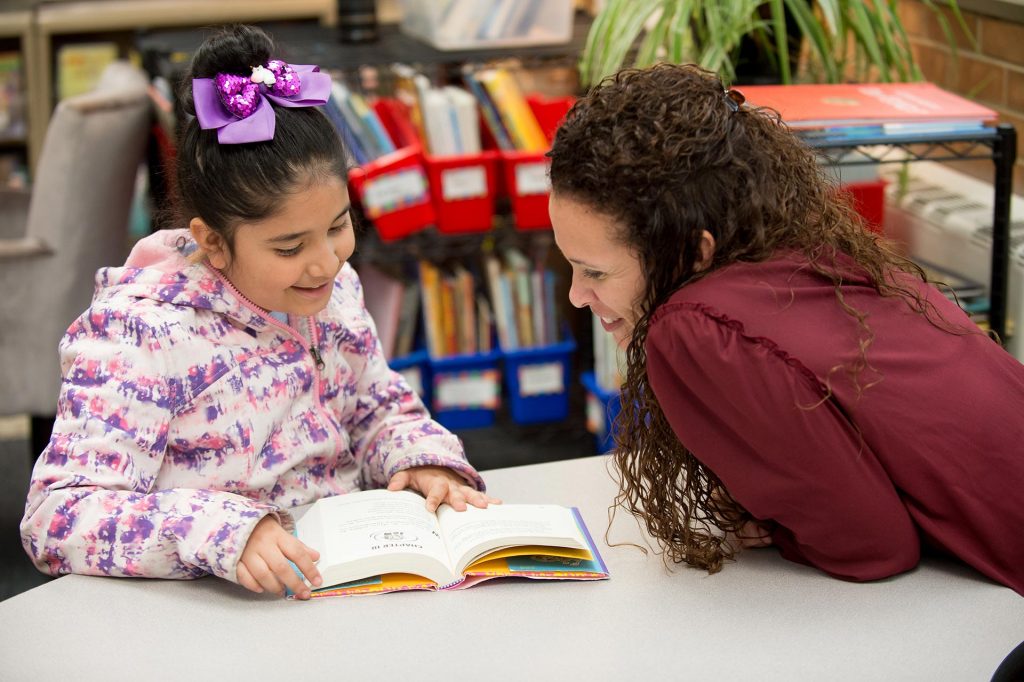Into the Classroom: Mrs. Blake’s Fifth Grade Readers’ Workshop
Mrs. Blake’s students have been fifth graders for seven days. This time of year is all about growing independence and learning the rituals and routines of readers’ workshop. But Mrs. Blake’s fifth graders are also knee-deep into an inquiry of how monitoring for meaning and envisioning help them understand a text more deeply. They have begun to define what it means to understand, they have practiced envisioning during read-aloud and with really challenging nonfiction texts, and they have had opportunities to confer with Mrs. Blake about their thinking. Let’s listen in on the reflection component of today’s workshop.
After students record the titles of their books and how much they read, they gather on the rug. Mrs. Blake begins, “In readers’ workshop, we are really working on figuring out what it means to understand. During our minilesson today, we talked about the differences between a simple retell and an extreme retell, and we created this chart of strategies. Turn and tell your partner which of these strategies you used today and how it helped you understand.”
Students huddle together and jump into their conversations. Mrs. Blake listens in for insights and trends.
“The book I am reading is also called the Sun Becomes a Star, and I made a connection to the text.”
“Well, I thought about the struggles the character is facing.”
Mrs. Blake asks, “Who wants to share a strategy they used and how it helped them understand?” She had noticed that students were simply sharing their strategies, but not elaborating.
One student shares, “I’m reading The Land of Stories right now, and these kids are trying to get to another world. I really had to think about the main idea.”
Mrs. Blake probes, “How did that help you understand?”
“Well, when I thought about the main idea, I could focus on what was going on. This book gets confusing as the characters try to get back home. So, the main idea helped me monitor and make predictions.”
Mrs. Blake thanks the student for sharing and recognizes another volunteer, “In my book, I am thinking about all of the struggles the characters face.”
Mrs. Blake asks again: “How is that helping you understand?”
“Well, I can picture the problems, and then I make predictions.”
Mrs. Blake takes a moment to recap and paraphrase, “So, readers, today we noticed that when we use strategies, we can monitor for meaning and have a deeper understanding of our books.”
And then students cozy up for read-aloud. Laughter permeates the room as Mrs. Blake reenacts the bee sting from yesterday’s reading. “Can you just see it? Here we are envisioning again.”
Excerpted from Phenomenal Teaching, just out from Heinemann.
To learn more about Phenomenal Teaching and the PEBC Teaching Framework, please join us for our forthcoming webinar series.

